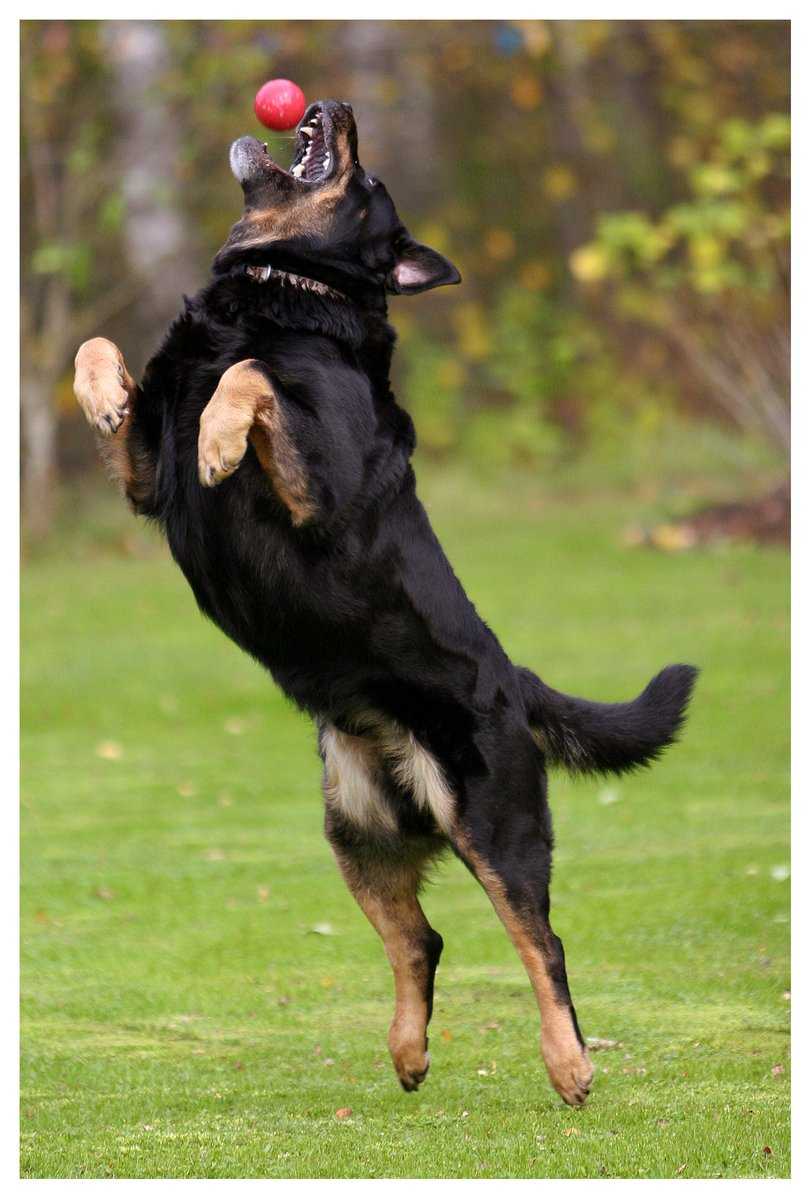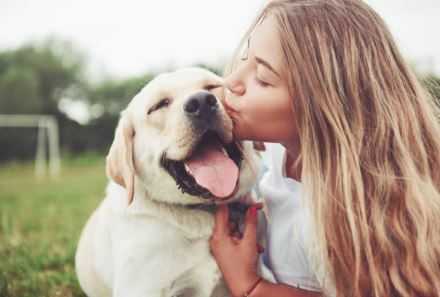How To Train An Aggressive Dog

Identifying who he is violent towards is the first step to educating an aggressive dog.
Does your dog display signs of abuse against a specific family member or acquaintance, strangers, or other animals?
Also, as described above, it is important to figure out what makes him angry in his world.
The following are the most common symptoms of dog aggression:
- Body posture that is stiff
- Ears tucked in
- Snarling
- Exposing bare teeth
- Bite sizes vary in severity (from light to puncturing bites)
Types of aggression in dogs
This negative behavior may be due to the following;
- Frustration
- Learned Aggression
- Fear
- Protection/territorial aggression
- Genetics
- Social aggression
Frustration
When a dog is prevented from approaching something he wants or that excites him, frustration-based aggression develops.
Everything in the immediate environment arouses the dog, and it becomes frustrating if someone gets in his way.
If he is in close proximity to his owner, he will turn around and bite him.
Learned aggression
When a dog acts aggressively for any reason but particularly due to fear, it learns that repeating the aggression is the best way to get what it wants.
For example, if the delivery man leaves after the dog barks and lunges at him, the dog will learn that barking and lunging is successful and do it again to another person.
If biting a hand reaching for a dog causes the hand to withdraw, it will quickly learn to bite to avoid unwanted contact.
Fear
Since fear is at the root of this form of violence, owners, and trainers who use punishment-based methods are only contributing to the dog's fear rather than addressing the underlying causes.
It's important to keep in mind that not all dogs who show signs of fear aggression bite.
When they are scared, many just bark or growl. Heavy-handed approaches to resolving the behavior, on the other hand, can cause these dogs to bite in the future.

Protective/territorial aggression
Territorial aggression happens when dogs become overly excited in the presence of strangers or other dogs entering their house.
While it's best to seek the guidance of a professional behavior expert, there are several steps you can take on your own.
Territorial aggression can affect any dog, but it is more common in some breeds than others.
Genetics
Experienced dog owners may find it difficult to avoid getting fearful or aggressive behaviors reinforced in their dogs due to a genetic predisposition toward fearful or aggressive behavior.
Even after being conditioned to no longer exhibit aggressive behavior, some dogs will never be entirely relaxed around whatever their aggression target is. Such aggression target's safety is never guaranteed.
Social aggression
Your dog will have a natural protective mechanism as your pack leader to keep you safe from anything it views as a threat.
It could be worth a fast inspection of your surroundings if you note any of the symptoms of hostility in your usually tame dog.
The sense of smell and hearing of your dog is much stronger than that of humans, so they will be able to detect risk much faster.
If it's an intruder in your home or a wild animal in the vicinity, the signs of provocation of your dog could simply be just a warning sign for any danger there is to stay away from it.

Dogs need to be taught to not act out, just like kids.
Consistent violent activity is typically symptomatic of a bigger problem that needs to be recognized so that it can be modified in its setting.
You should work with him once you recognize his cause, as well as with a vet or trainer to help you both learn how to reduce his hostility.
In helping him become more docile, a little bit of love and patience will go a long way.
How to calm an aggressive dog
When you're aware of what triggers the hostility of your dog and who he is abusive to, it's time to consult with a licensed dog trainer one-on-one.
Ask your veterinarian for a recommendation if you're not sure who to employ.
Also, some aggressive dogs behave the way they do because of a medical condition or complication.
Check with your vet to make sure your dog is safe before you start any training.
A visit will help you determine any underlying health conditions that could be affecting the actions of your pet.

Ignore Violence
For a couple of reasons, this might be a good tip. The obvious thing is that violence is an unwanted trait that might lead to harming others or even your dog.
It is better to leave it alone if you find hostility in a dog that you don't recognize.
When your own dog shows these characteristics, it is necessary to make sure you figure out why, so you can take action to reduce his hostility.
The other explanation that violence is not overlooked may be of crucial importance to your life.
If your dog is safe, alert, and otherwise polite, affectionate, and compliant, consider this step-by-step food-aggressive dog program, which requires only two basic things: hand-feeding and trade practice.
It also allows you to work alone, away from other family members or pets, with your dog.
Hand-feeding
Hand-feeding means that for all meals, you can stop using a food bowl and feed a few bits at a time with kibble.
The goal is to show your dog that hands near his food are a good thing, thus altering your presence's relationship and being close to his food, from negative to positive.
Trade practice
It involves teaching your dog to always expect something better when you practice business with your dog, making it worth trading

Lastly, never punish your dog for provocation.
Dogs do not understand discipline and so when punishment is used, they are more likely to act out or act more aggressively.
The easiest way to train violent behavior away, instead, is to encourage good behavior.
Often your dog will need a little reminder that you are in control, but eventually, through reward-based training, he will react best to reconditioning.
Author Bio
The Editorial staff includes content researchers from various areas of knowledge. They add a plethora of expertise to the Hubslides Editorial team. They constantly and frequently oversee, produce and evaluate contents that are most ideal to aid impacting knowledge to readers.
Article Comments
No Comments!
At present there are zero comments on this article.
Why not be the first to make a comment?
Similar Articles
Sponsor
Search Articles
Experts Column
Latest Articles
Featured Articles
Most Popular Articles













